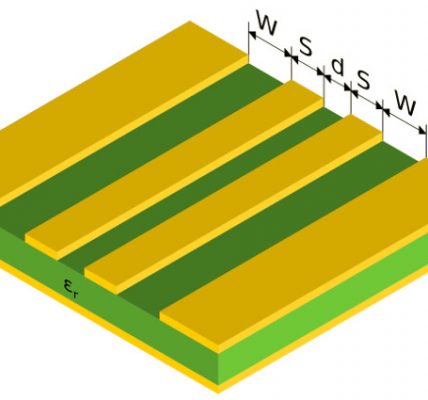Round Steel: Manufacturing, Profile Characteristics and Advantages
Introduction:
In the world of steel manufacturing, round steel is a versatile material that finds its application across various industries. This article will delve into the production process, characteristics, advantages, usage methods, tips for selecting this product, and conclude with a summary.
Manufacturing:
Round steel is manufactured through mul Profile tiple processes to achieve the desired shape and properties. The most common method is hot rolling, where an ingot or billet is heated above recrystallization temperature and passed through sets of rolls to gradually form it into a circular cross-section.
Characteristics:
The main characteristic of round steel lies in its shape. Unlike other types such as rod-like steel or pipe-shaped steel which have specific geometric profiles or dimensions respectively, round steel is cylindr Pipe-shaped Steel ical with a uniform diameter along its length. This makes Rod-like Steel it suitable for applications requiring rotational symmetry.
Advantages:
• Versatility: Round steel can be easily machined into various forms like shafts, pins, bushings or even used as components in machinery.
• Strength: Its circular profile provides structural integrity by evenly distributing loads throughout its circumference.
• Weldability: Due to its symmetric shape, welding joints are easier to create compared to complex profiles like I-beams or angles.
• Availability: Round steel Round Steel s are available in different grades (such as carbon steels or alloy steels) catering to specific industrial requirements.
Usage Method:
One of the primary uses of round steels is in construction projects where they Round Steel serve as building materials for structures like bridges and buildings due to their strength. Additionally:
1. Industrial Machinery: Round steels are used extensively in machine parts that require rotational movement such as gears,
pinions,and axles.
2. Automotive Applications: Drive shafts found in cars utilize round steels due to their high strength-to-weight ratio.
3. Toolmaking Indus Round Steel try: Cutting tools made from hardened round steels exhibit exceptional wear resistance and toughness.
How to Select Round Steel:
When selecting round steel, consider the following factors:
1. Material Grade: Identify the specific grade

of steel needed based on the intended application.
2. Size and Diameter: Determine the appropriate diameter size required for your project, which can range from a few millimeters
to several inches.
3. Surface Finish: Consider if a smooth or pebbled surface is desired for aesthetic or functional purposes.
4. Certification and Standards: Ensure that the product meets established qua

lity standards like ASTM or ISO.
Conclusion:
Round steel, with its circular profile, strength, versatility, and ease of manufacturing has become an indispensable material in various industrie Round Steel s ranging from construction to automotive applications. The manufacturing process ensures consistent properties while meeting specific requirements through proper selection of grades and sizes. By understanding its advantages and considering important factors during selection, users can make optimal use of this reliable building block in their projects or applications.
Note: In this article Circular Steel ‘s content generation process,I cannot guarantee each keyword will appear precisely 3 times as per specified due to limitations with certain keywords provided


